Two events of the World Rally Championship’s new hybrid Rally1 era down, two enthralling contests in the books.
While it was the oldest winner in WRC history, Sébastien Loeb, who triumphed on the season-opening Monte Carlo Rally, it was the championship’s youngest ever victor, Kalle Rovanperä, who stood on the top step of the podium in Sweden.
The 21-year-old’s assurance wasn’t the only talking point from the weekend though, far from it. Here’s what we learned from Rally Sweden 2022.
A Séb-less WRC is a better WRC
Before Monte Carlo, few were worried about the health of the competition without Sébastien Ogier. But the titanic Loeb versus Ogier battle that enthralled us all on round one meant that round two needed some new acts to take center stage.
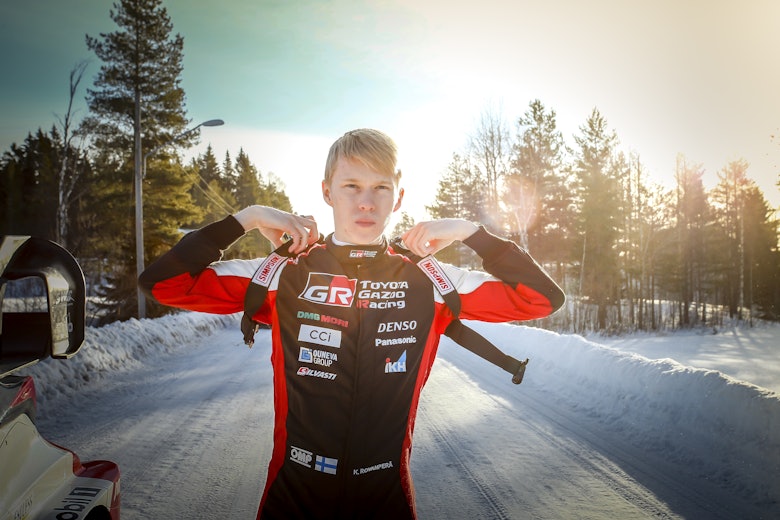
They didn’t disappoint. After SS1, the top six cars were covered by just 3.7 seconds. As the day wore on, five drivers had shots in the lead of the rally and no one driver won more than a single stage in a row.
It was spectacular, unpredictable, tense and utterly thrilling. Adding either Sébastien would’ve been intriguing too, but the knowledge that a new driver was stepping up to talismanic status made this one tantalizing to watch. The air of inevitability about an against-the-odds Ogier win was eliminated.
On the evidence of last weekend though, Kalle could be the new Sébastien. Rovanperä’s performance was nothing short of masterful. Not putting a foot wrong all weekend, he shrugged off the responsibility of opening the road on Friday and put in some stunning times on Saturday to get it done.
It’s way too early in the season to start throwing the ‘title favorite’ tag around, but Rovanperä’s current 41-point gap over Ott Tänak and 42-point advantage over Elfyn Evans certainly doesn’t put him in a bad position.
Umeå did the job

As one commentator put it at the end of the weekend: “The city is just big enough to house us but not too small to lose us”.
Rally Sweden’s 500-mile shift north to Umeå was something of a necessity given the paltry amount of snow in Karlstad in 2020, but the new base proved to be more than worthy of holding future editions of Rally Sweden.
Admittedly some of the stages – with the long, narrow straights Ott Tänak likened to a “highway” – weren’t as captivating as in the Värmland region or in the Arctic Circle where the Swedish stand-in was held last year, but that almost didn’t matter given the conditions were perfect last weekend. And that’s exactly what the shift in base was for.
The region embraced the rally too. Sweden is generally quite a rallying-mad country but many this far north had never seen the WRC event before, but you can bet they’ll be back.
A new contract to keep Rally Sweden in Umeå for two more years was announced just a few hours after the rally ended, and it’s hard to think of many that will be upset by the news.
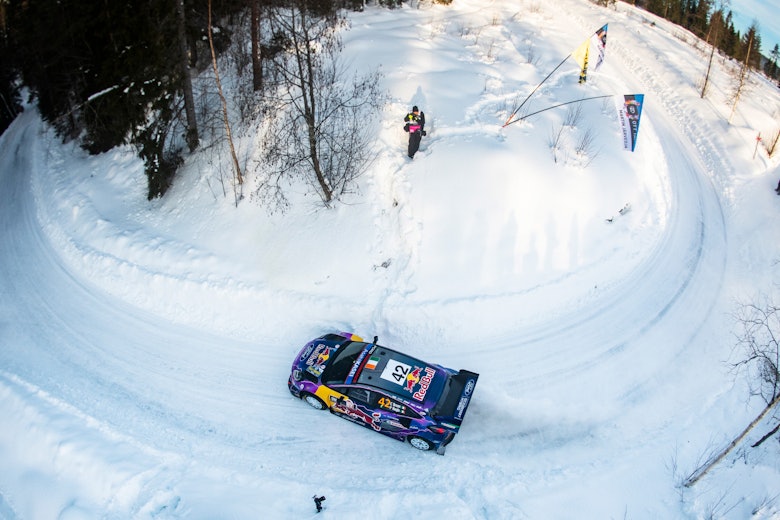
M-Sport dealt a reality check
Quite understandably, the entire M-Sport Ford operation was on cloud nine after Monte Carlo. It had yet again created a fast rally car out the box and won its first rally in three years with a double podium to boot.
All the talk was that the Puma Rally1 was the car to beat after round one, but you didn’t hear any such talk in Sweden did you? In fact, of the rally’s 17 stages the team won just one courtesy of Craig Breen.
Sweden was a bit of a disaster for M-Sport. Breen was always likely to be its best hope but he fumbled on the second stage when he spun; an incident that caused a chain reaction that led to his ultimate retirement.
Neither Gus Greensmith nor Adrien Fourmaux had the experience to really challenge – and Fourmaux was under strict instruction to just finish – so the chance of any big points were extinguished extremely early indeed.
But the more worrying part was that all three cars ran into some sort of mechanical gremlin.
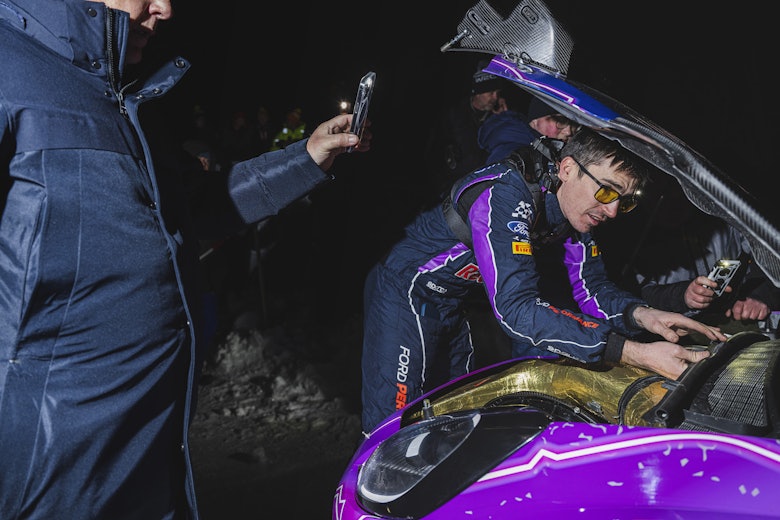
Breen and Fourmaux were both halted on Saturday, Fourmaux’s problem couldn’t even be fixed for Sunday, while Greensmith had a gearbox problem on Friday.
Breen was quick to point out that it’s better for these things to happen on a rally where it wasn’t fighting for a win, but this performance was far too resemblant of M-Sport’s sluggish 2021 season than the triumphant 2017 season it had mimicked last month.
Hyundai is back in the race (on the loose at least)
From M-Sport’s despair to Hyundai’s repair, this was a strong weekend for a team everybody was desperately worried about after the first round.
Hyundai made good use of the four weeks between Monte Carlo and Sweden and ironed out most of its mechanical issues. Oliver Solberg was still waylaid with a throttle problem, but this was still a sizeable improvement on the Monte where all three cars were blighted at various points.
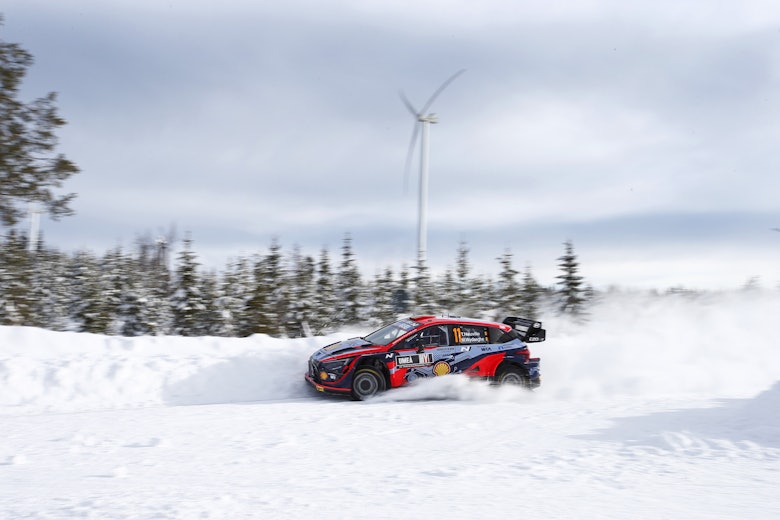
And the i20 N Rally1 looked racy too. All three drivers were landing punches on Toyota throughout the opening day and Thierry Neuville led at the end of it. Ultimately he didn’t quite have the pace to keep with Rovanperä’s Toyota but it will give Hyundai great confidence that it was able to be back in the race.
The big test however could be the next round in Croatia given it was on bone-dry asphalt where the i20 N Rally1 was at its poorest on the Monte. But that event is two months away, so if there are any cracks to seal over the team has plenty of time to do it.
Fans can have plenty of confidence that this year’s WRC will be a three-way fight after all.
Evans is under big pressure
We mentioned it earlier on, but Evans’ 42-point deficit to the championship leader after two rounds makes for rather grim reading. But here’s the killer statistic for you: Evans has never started a WRC campaign as poorly as this. Four points from two rounds is his poorest ever return from Monte Carlo and Sweden.
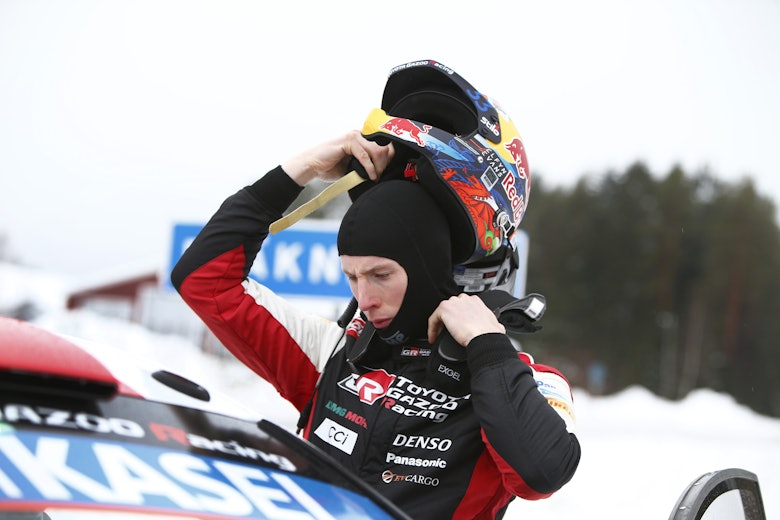
Should he be worried? Absolutely. Titles aren’t won in the first two rounds, but they can be lost by too many retirements and mistakes across a season. Evans has now made two, and both looked more than avoidable and atypical of a usually assured and reliable driver.
The 10-second penalty he was handed for his flying finish antics on SS15 was criticized as too harsh by some (even if Neuville believed it was actually too lenient), but either way it’s certainly clear that Evans’ increased deficit to Rovanperä was the unraveling of his weekend.
To stand any chance of winning he had to push incredibly hard, and perhaps that’s what he did on Sunday’s opener when he got it wrong and smacked a snowbank with the front of his Toyota.
There was pressure on Evans’ shoulders before the season started as he was seen by many as the title favorite given he had finished second to Ogier in both of the last two seasons. But that’s nothing compared to the pressure that’s mounting on him now.
Nothing other than a win will do in Croatia if he’s serious about winning this year’s WRC champion.
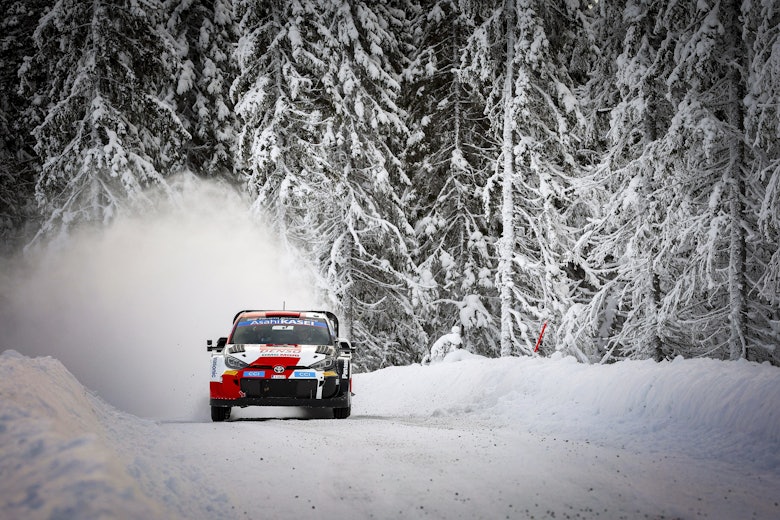
Lappi could be the difference maker for Toyota
Before Rally Sweden, Esapekka Lappi always looked like a good fit for the shared third Toyota drive, but after it he looks absolutely perfect. Quick, reliable and willing to play the team game, Lappi could prove to be Toyota’s crucial ingredient in its quest to win the manufacturers’ title this year.
Running near the back of the running order meant he was well placed to strike on the first day, but Lappi took maximum advantage to win a stage on just his second competitive run in the GR Yaris Rally1 that put him into the overall lead of the rally.
That was the peak of his weekend but Lappi was never outside of the leading group and netted his first podium since Rally Turkey 2019 come the end of the event, scoring valuable points for Toyota in Evans’ absence.
There is still work to be done: Lappi said he was happy driving at 95% but struggled when dialing it all the way up to 100%, but with a big experience deficit to his rivals around him this is something that can easily improve with time.
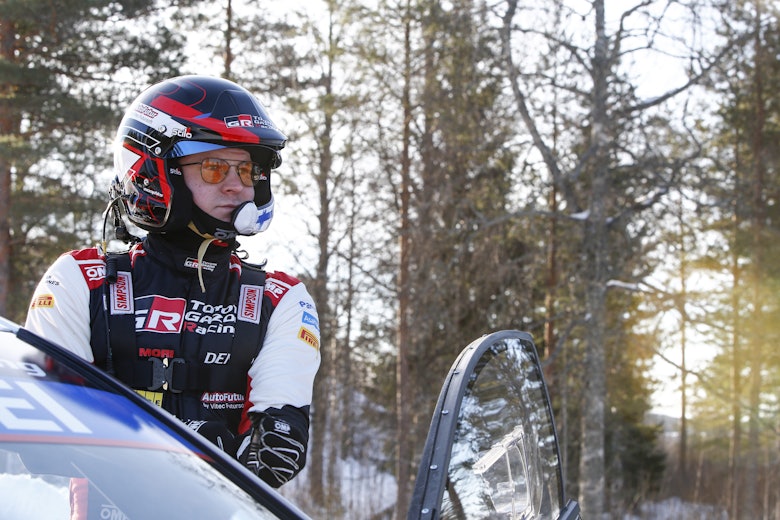
Ogier is always going to be missed at Toyota, but Lappi made everyone forget he wasn’t there in Sweden. And that’s extremely impressive.
Hybrid failures could affect the season
Last month there were several drivers that lost use of their 100kW hybrid unit for a stage or a loop, costing them time without the use of the additional boost it provides. But in Sweden Ott Tänak became the first driver forced into retirement because of a component failure.
Never one to hide his feelings, Tänak claimed the fact he had to retire for something neither he nor his team could affect “wasn’t sport” – the green light, which indicated that the hybrid unit is safe, flickering to red late on Friday.
It’s a debate that’s likely to rage on, as Tänak and Hyundai deputy team director Julien Moncet both hinted that a different sporting penalty, such as notional times, would have been more applicable.
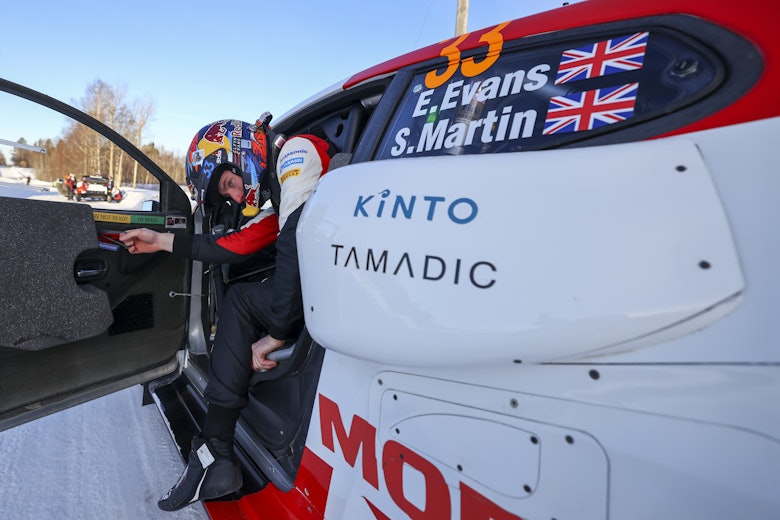
Expect some discussions between the teams and the FIA over the matter, but regardless of any potential outcome it’s clear that hybrid has the potential to influence this year’s championship in a negative manner.
We all knew there was the potential for the technology to fail – especially so early in the season – but when dealing with electronics safety is paramount. If it’s unsafe it’s unsafe and a driver will have no option but to stop. It won’t matter how much time they lose for the stages they’ve missed, they’ll still have lost time.





